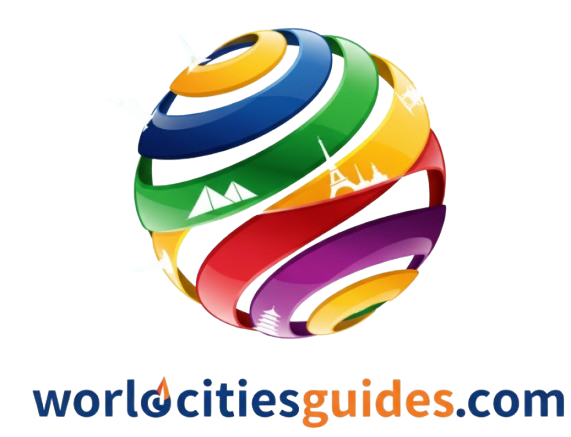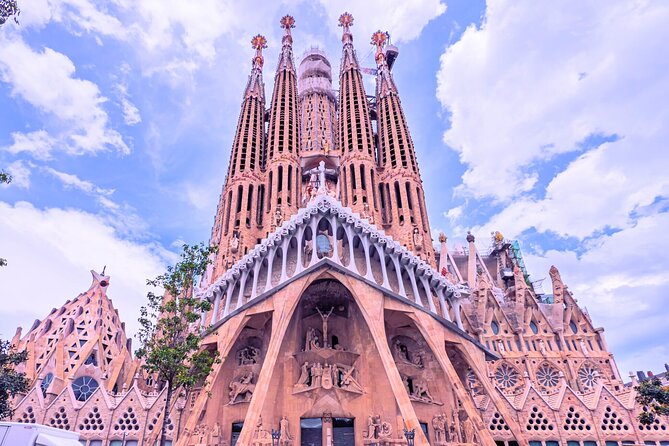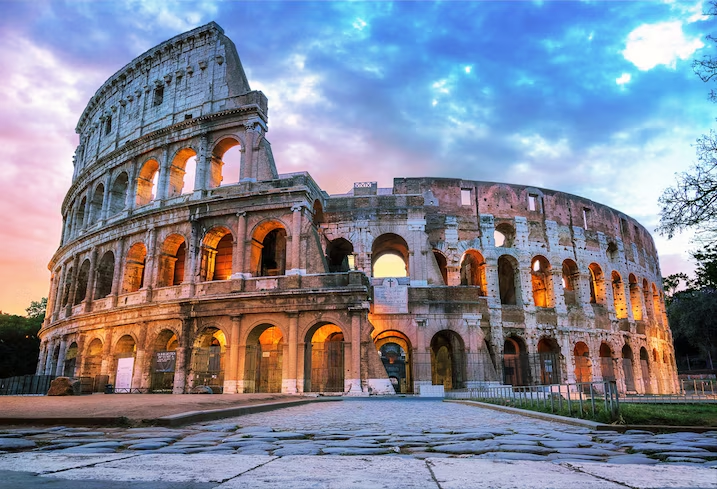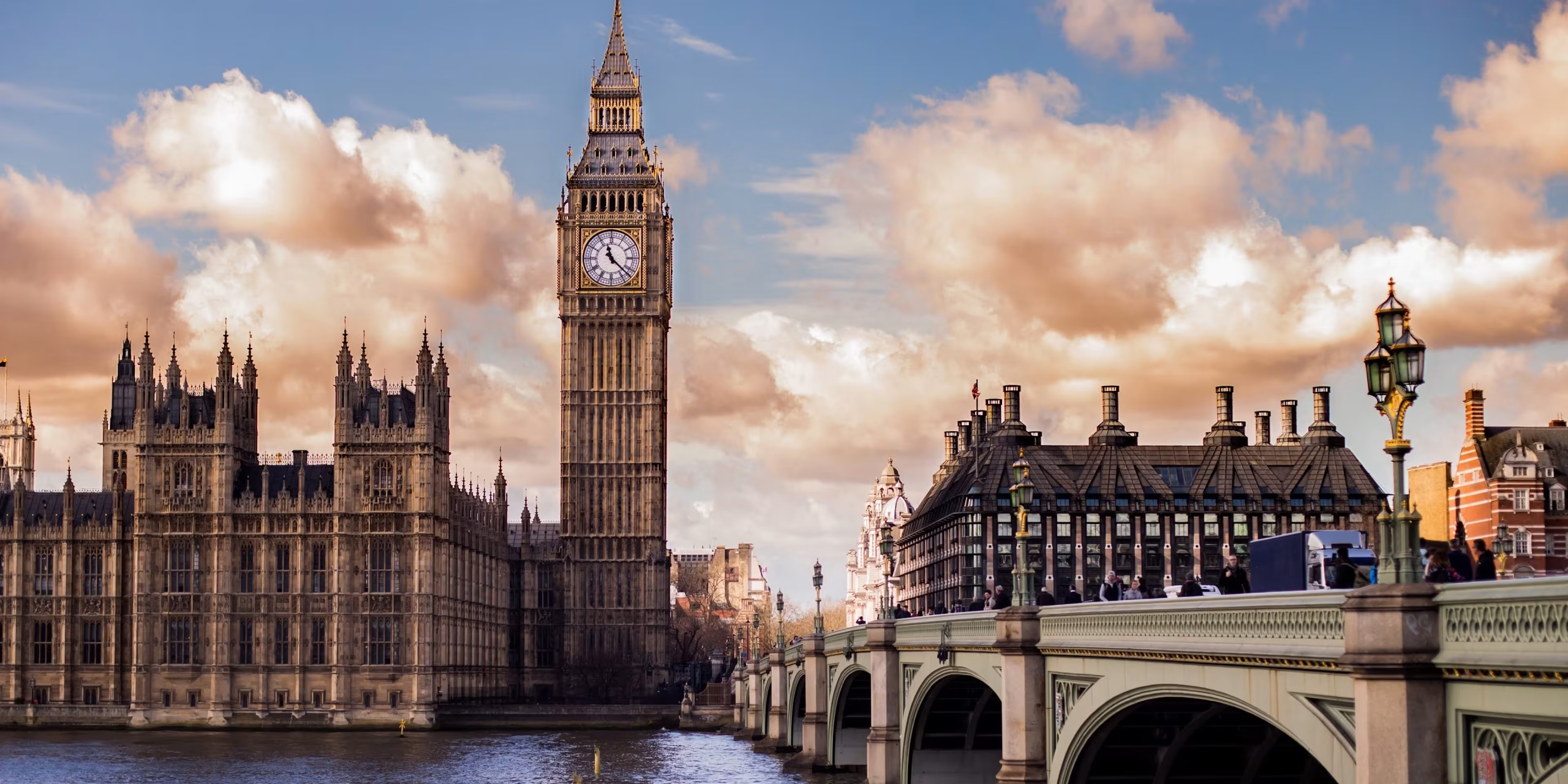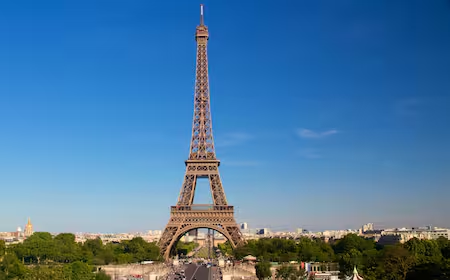Istanbul, there are few cities in the world that I’ve been to that can have your heart from the very first moment you land and Barcelona is one such city. With a balanced blend of old-world charm and young energy, it remains an altogether singular destination in Europe that feels both timeless and new. Situated on the northeastern coast of Spain and south of the Pyrenees mountain range it is also known as the Catalan Capital, due to its being at the heart of a region called Catalunya or Cataloniaand. It’s a city that harmoniously blends art, history and innovation.
A GLIMPSE INTO BARCELONA’S HISTORY
The history of Barcelona dates back over 2,000 years. Set up as a Roman colony with the name of Barcino, Barcelona has experienced the coming and going of empires, medieval monarchs and political revolutions. Its Gothic Quarter is still restive with the remains of Roman walls and medieval buildings that offer visitors a taste of its long history.
Barcelona developed into a city of the Mediterranean and became the base of a rushing maritime expansion in which a confederation with Aragon, Catalonia-Aragon, was formed. The city developed significantly in the 19th century when it became highly industrialised, ultimately making the lively and modern metropolis as we know it today. Following an artistic heyday during the late 19th and early 20th centuries — a period largely dominated by the Modernisme movement, marked by Antoni Gaudí’s architectural gems that collectively piece together much of the city’s visual aesthetic.
POPULATION AND DIVERSITY
Barcelona is a city of about 1.6 million people, but it is part of an enormous metropolitan area that has more than 5 million residents. It is a mixed population of native Catalans, as well as other Spaniards, and many international residents and expatriates. That diversity gives the city something of a cosmopolitan feel and makes for an interesting mix of languages, traditions and lives as well.
LANGUAGE AND IDENTITY
Barcelona’s official languages are Catalan and Spanish and it is common to hear either of the two throughout the day. Catalan, with a rich historical tradition, is central to the identity of the city. Signages, menus and public notice are typically in both languages. Although the vast majority of locals are fluent in Spanish, even learning a few words in Catalan such as Bon dia (Good morning) or Gràcies (Thank you), will do down great with them.
CURRENCY AND ELECTRICITY
As a part of Spain and the European Union, Barcelona uses the euro (€) as their official currency. Credit cards are accepted everywhere, but it’s wise to carry some cash with you — especially for small purchases and local markets.
For voltage, Barcelona works on the European common standard of 230V and Type C or F plugs. If your country has a different standard, then you’d need an adapter or converter if you were traveling.
MEDITERRANEAN CLIMATE
Barcelona has a Mediterranean climate, which translates to mild winters and hot or warm summer days. Temperatures in summer are usually between 25-30°C (77–86°F), and winters are mild, averaging 8-15°C (46–59°F). Rain is not too frequent and the sun shines quite rich all over the year, so it would be a great place for those outdoor enthusiasts.
Spring and early fall are the best times to go, with agreeable temperatures and fewer crowds than during the peak summer season.
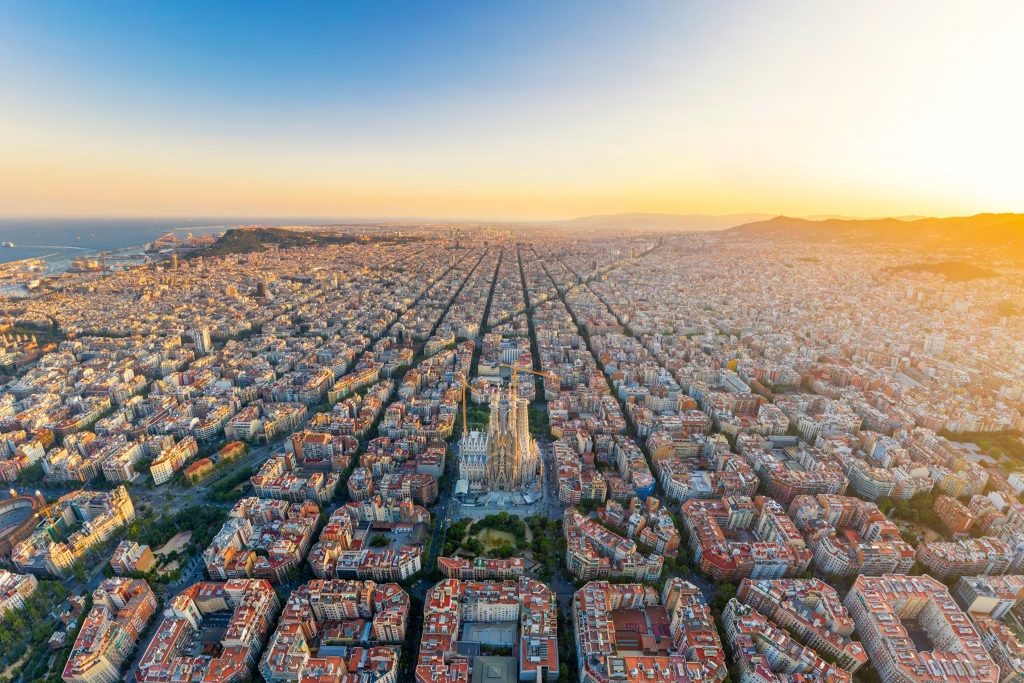
A TASTE OF BARCELONA: FOOD AND GASTRONOMY
That culinary scene is one of the things Barcelona does best. The food here is a tribute to fresh, local ingredients and classic recipes with a contemporary update. Catalan food is one of a kind – lots of seafood, vegetables and roots with hearty doses of olive oil and herbs.
Here are some of the stereotypical foods to sample:
Pa amb tomàquet: Rough bread rubbed with ripe tomatoes, drizzled with olive oil, sprinkled with salt—a simple and delicious snack.
Escalivada: Roasted vegetables such as eggplant and red peppers, often with anchovies or tuna on the side.
Fideuà: Like a paella, but with short noodles rather than rice — usually fishy things.
Botifarra amb mongetes: A traditional Catalan sausage with white beans.
And then, there are tapas — small plates made to share.
For dessert, do not overlook crema catalana, a custard related to crème brûlée, and mel i mató, fresh cheese with honey.
You can also read here about food markets in Barcelona and La Boqueria on Las Ramblas.
GETTING AROUND: PUBLIC TRANSPORT AND BEYOND
Barcelona operates an efficient network of well-developed public transport, so getting around is easy. The metro is quick and trustworthy, as the eight lines link all major neighborhoods. It is also the terminus for numerous buses, trams and commuter trains (FGC and Renfe) both in Barcelona and other nearby parts of Catalonia.
For shorter distances try walking around, or if you are a bit more adventurous perhaps rent some bicycles. The city is walkable, and there are bike lanes galore. Public rental bikes and electric scooters are also abundant.
Cabs are cheap and plentiful, and ride-hailing services such as Uber or Cabify also do business in the city.
SAFETY IN THE CITY
Barcelona is a safe city, overall for citizens and travelers alike. Violent crime is uncommon, but pickpocketing can be a problem — particularly in packed tourist hot spots like Las Ramblas or on public transportation. Simply being aware, carrying a crossbody bag and keeping valuables out of sight can help prevent problems.
At night the vast majority of neighborhoods are safe to walk around in, especially downtown. As in any big city, common sense is extremely important.
MUST-SEE ATTRACTIONS
There are dozens of world-class atractions to explore in Barcelona, serving each and every taste – architecture and art lovers will find plenty on offer, while beach bums and foodies alike can be more than satisfied here.
Some of the best attractions are:
La Sagrada Família: Gaudí’s masterpiece and one of the most recognizable landmarks in Barcelona. This basilica, under some stage of construction for over a hundred years, still enthuses with intricately sculpted facades and vivid interior.
Park Güell: Another Gaudí masterpiece, overflowing with mosaic-clad buildings, mischievous sculptures and panoramic views out over the city.
Gothic Quarter (Barri Gòtic): A labyrinth of looking-glass-like streets, hidden squares and medieval edifices that are a historic record of old Barcelona.
Casa Batlló and Casa Milà (La Pedrera): Architectural treasures found on Passeig de Gràcia that display Gaudí’s creative approach to design.
Magic Fountain of Montjuïc: At night there is a magical performance that combines water, light and music.
Museu Picasso and Fundacíó Joan Miró: Exhibits of two of Spain’s most important artists.
Camp Nou: FC Barcelona is based here and it’s a pilgrimage for football fans.
Of course, no visit to Barcelona is complete without hitting the beach. The beach is several minutes walking distance from the city center and great for swimming, sunbathing or have a drink by the beach – as per our visit there were few interesting looking new restaurants and cafes being built on the beach Barceloneta What to do in Barcelona: 33 Cool and Unusua Things to Do in Barcelona, Spain Above all else I recommend grabbing something soft serve from watching over them sunset drinking wine!
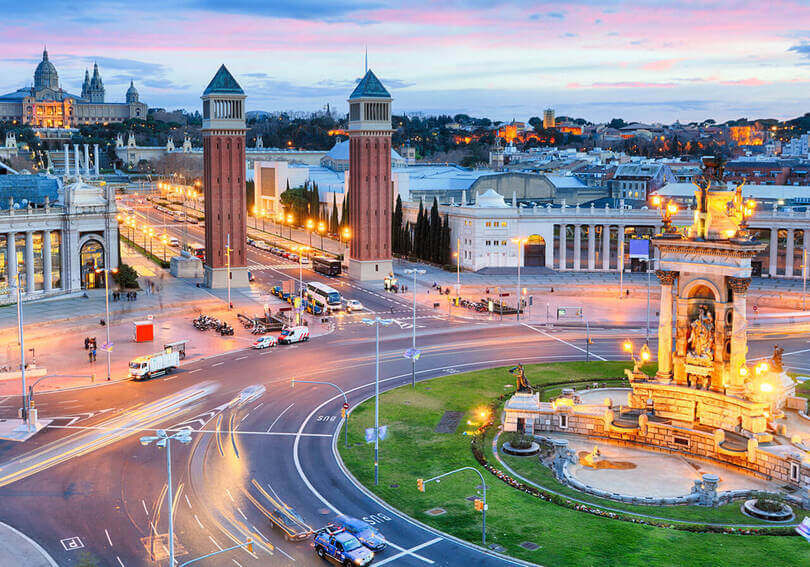
OTHER THINGS TO KNOW
Barcelona has one with work in mind and playing as much. Normal store hours are usually around 10 a.m. to close at 8:30 p.m., with a midday break for other, smaller shops. Lunch is generally around 2 p.m. and dinner as late as 9 or 10 p.m.
There’s no mandatory tipping in Spain, but it is appreciated — rounding the bill or leaving 5-10 percent in restaurants is standard.
Something to consider is that Catalonia has a strong cultural identity as a region, and political conversations about independence can be touchy. Tourists are in general welcome regardless of background, but respecting local customs and culture is important.
Barcelona isn’t just a city — it’s an experience. It’s a melting pot of millennia-old history and cutting-edge design, artistic expression and laid-back beach culture. Whether you are strolling its atmospheric alleys, marveling at the noble architecture that abounds or indulging in culinary delights, by land, sea and sky — Barcelona never fails to seduce. It is both a city that feels like every corner holds a story to tell, and where every meal is an occasion for celebration and every visit quickly becomes an invitation to come back.
